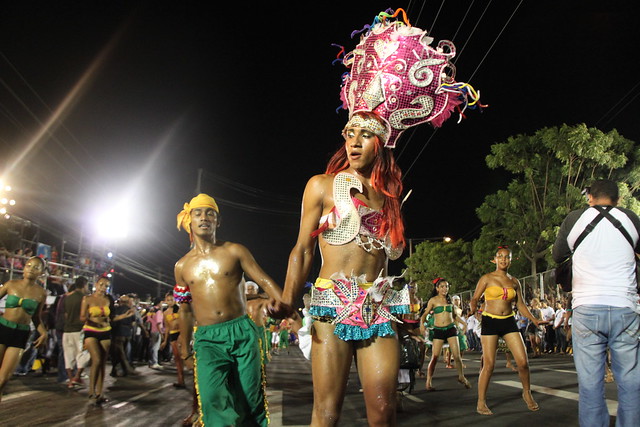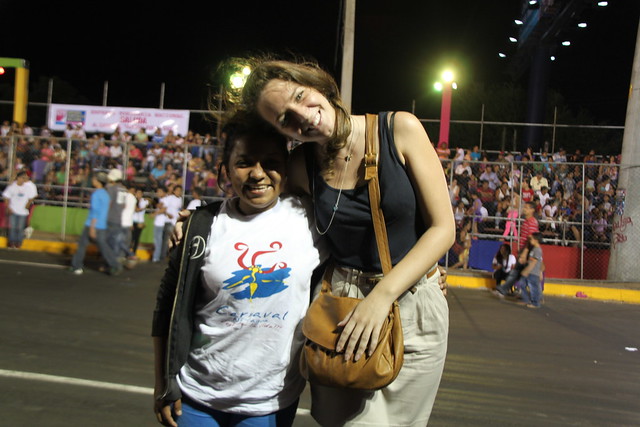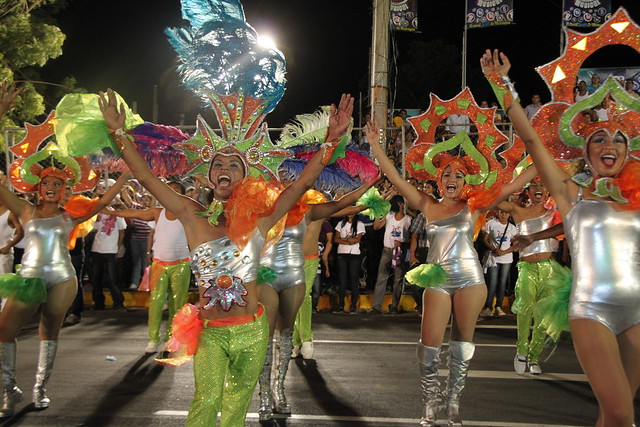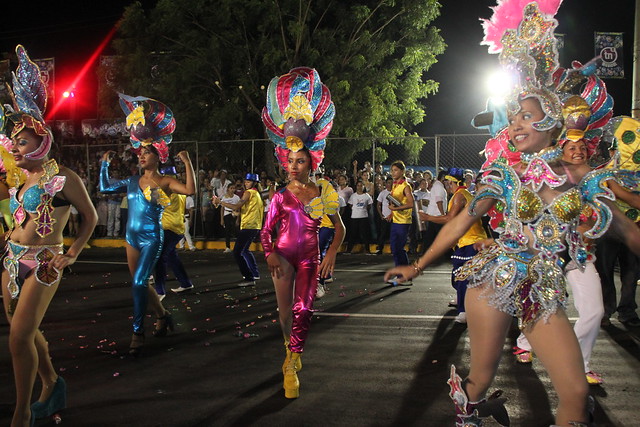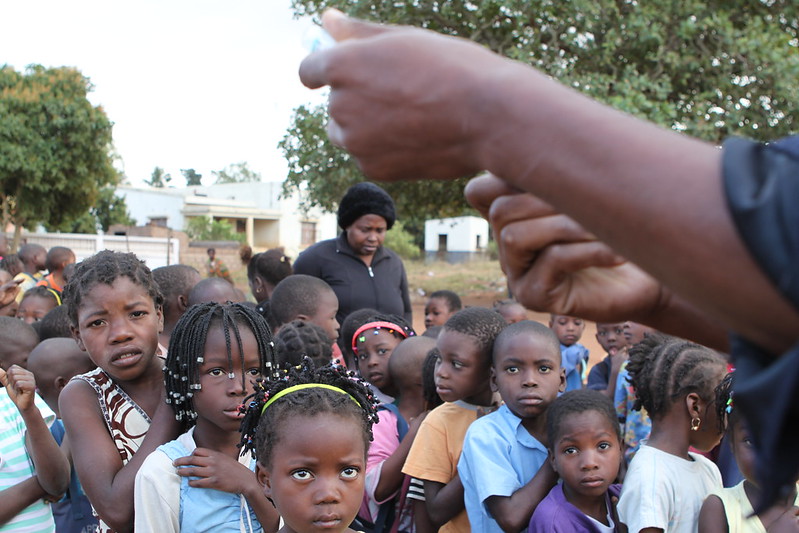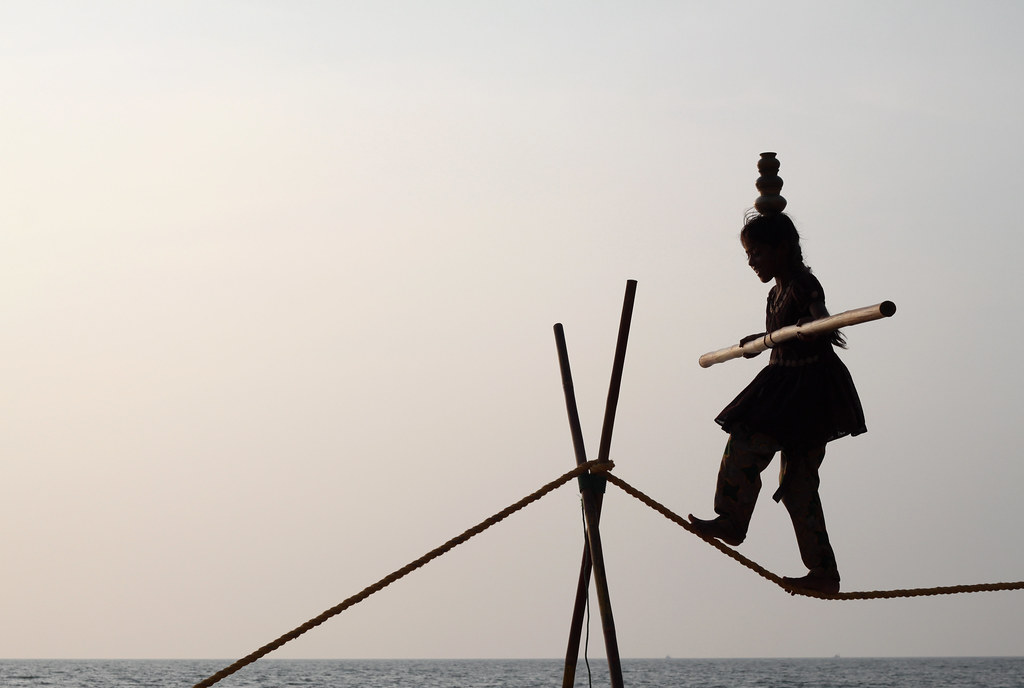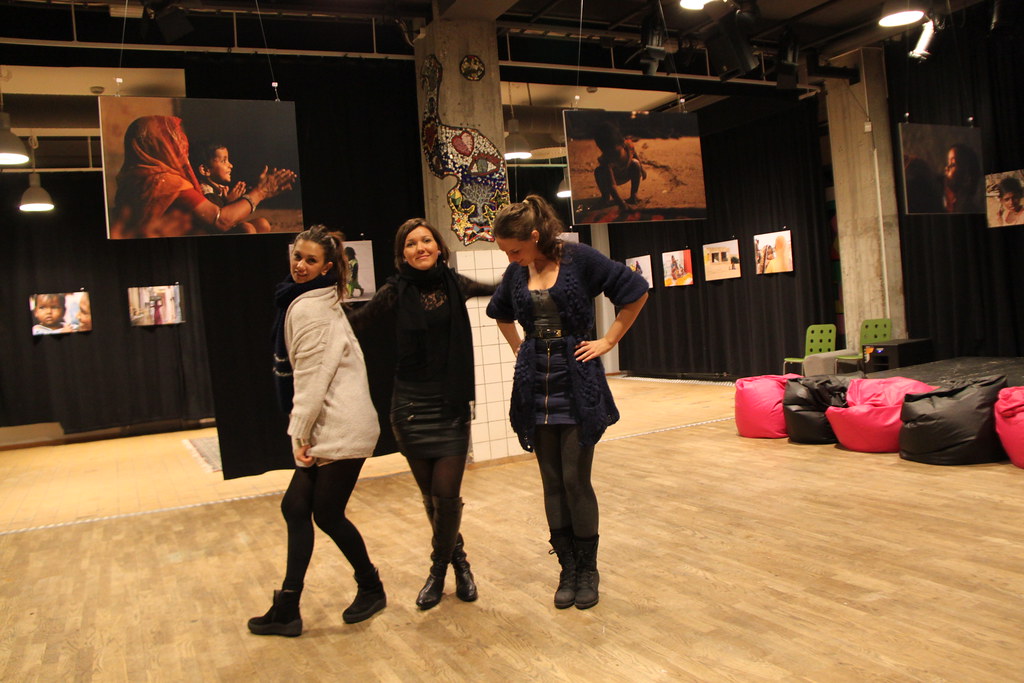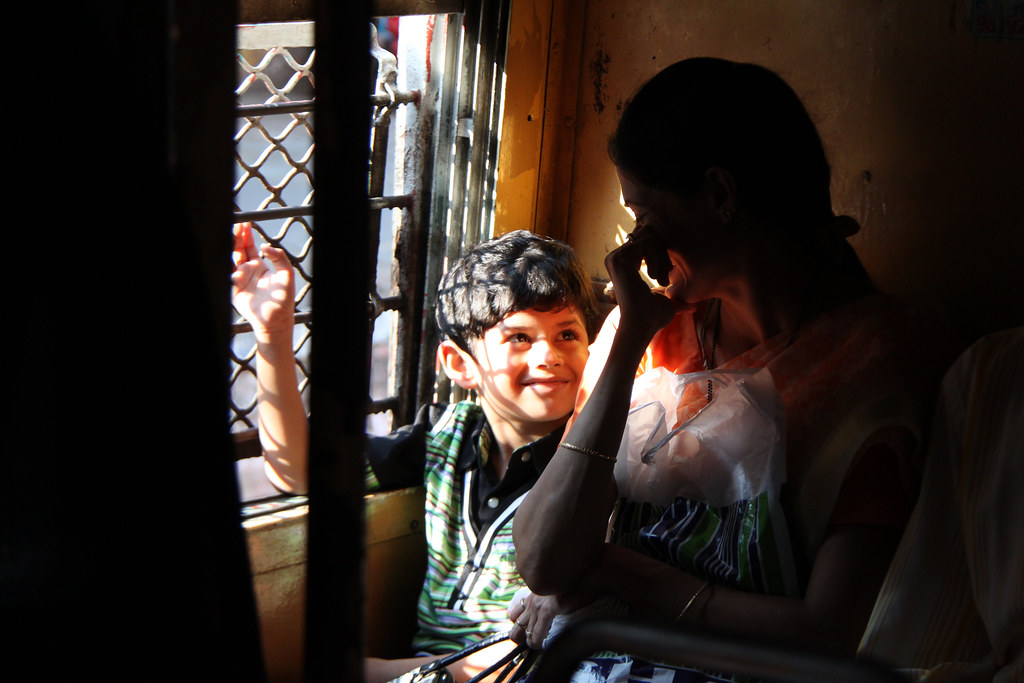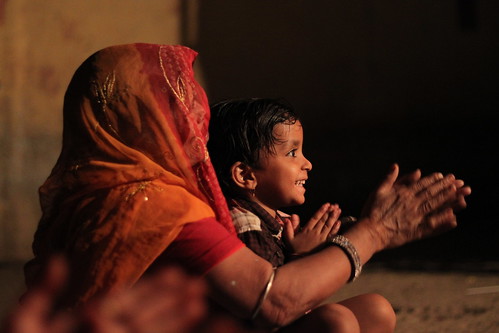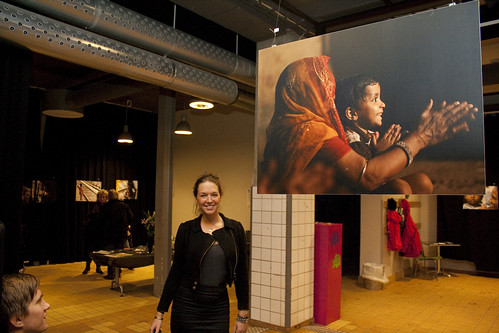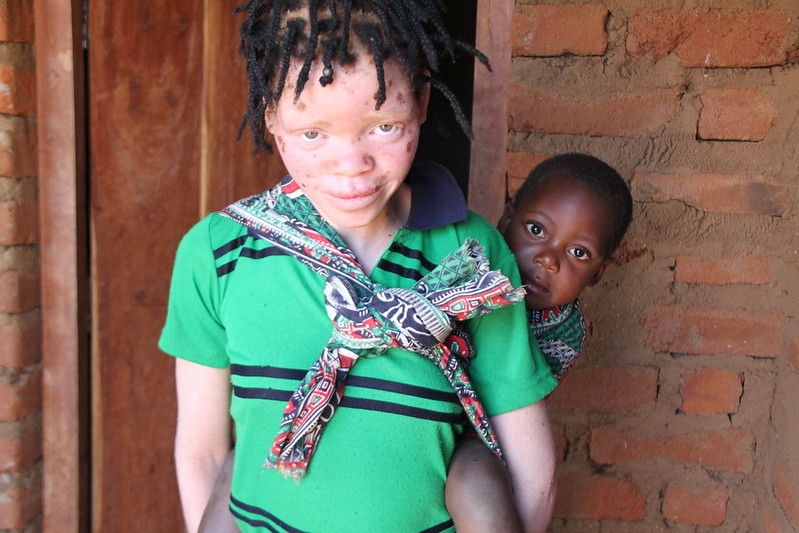Suntanned, beautiful people of all ages walk shoeless in the little village of Tamarindo, carrying nothing but their surfboards. Dogs run around freely, wagging their tails and waiting for their masters to get back from the water, fresh, ice cold fruit smoothies are widely available, the beach bars play tropical lounge music, the temperature is absolutely perfect in the evenings, and the sunsets are red.
You don’t get far into Costa Rica before hearing the expression Pura Vida for the first time. Pura Vida translates to Pure Life, and is used both as a greeting and a synonym for “Great!” and “Life is beautiful!”. The waves that have earned the small beach towns on the pacific coast of Costa Rica their fame have created a tangible and slightly over-exploited surfer’s paradise vibe here. Blond, long haired men, American accents, beautiful girls on cruiser bikes, well defined abdominal muscles, horses, beers, perfect tans and all those dogs.
“Hey man, what’s up? Been to the water yet? How are the waves out there today?”
The standard phrase between my friend Frank and most of the people we meet while walking around the village makes me take for granted that everybody here surfs. People gather from different corners of the world, everybody seems to know each other, and Spanish is only the second choice of language. I ask about the code of conduct for surfing, about the different surfboards, about the dangers, about the relationship with the locals, and about the difficulties in learning the skill.
Frank explains patiently. It takes about ten years to learn how to surf properly. One can stand up on the board already on the first day, but then there’s a whole world of understanding how to read currents, weather, wind and waves. The time of the preferred “high tide” moves forward by exactly 50 minutes each day, coral reefs can be a deadly, there are sharks in Tamarindo. Surfing seems to be a sport that demands not only skill and cautiouness, but also a lot of patience. One can sometimes spend several hours in the water, only to catch a few waves.
“We line up in the water, and the first one’s on the sides get to catch the wave, depending on which side it comes from. If they miss it the next person tries to paddle up and take it, however, one should always respect the Ticos and give them priority. We don’t want the local community to feel that we came to their paradise to steal the waves. The waters belong to them and we are only guests.”

I met Frank in 2007, before my first backpacking trip to South America. He already had 10 years of experience travelling by himself at that point, and I basically needed somebody to tell me that I could travel around the continent on my own and that he had met other girls who travelled alone. We were introduced by a common friend, met for a cup of tea and travel stories, and I was reassured that I was going to be fine. Since then, we have been following each other’s adventures on Facebook and staying in touch sporadically about our whereabouts. This time we were too close by not to meet and catch up.
Frank is from my city in Sweden but decided many years ago that he prefers the lifestyle in Latin America and that he wants to focus on enjoying life, so he finally sold his apartment and moved to Tamarindo. Today, Frank basically walks around barefoot, drinks fruit juice, follows the stock market and surfs.
“Sometimes you are not sure about all of this.. it becomes a bit monotonous, especially when the weather goes bad for a couple of days and there is nothing to do in this little village. But very soon you sit down and relax after a couple of hours of surfing beautiful waves, you have a proper look at the sun as it sets, and then you realize the great value in this lifestyle.”
Craving for a couple of days without time, responsibilities or planning, I came back to Tamarindo to spend the remainder of my time in Costa Rica on the beach. I knew that hanging out with Frank would be simple and flowing, which is exactly what it proved to be. We ate in different places, walked all the way to Langosta beach where we met Frank’s friend Theresa, watched the sunset with our maracuya daiquiris and went out dancing all three of us. On Sunday, Frank and I left the house by noon, bought fruit salads and smoothies, and then spent the entire day on the beach until long after the stars had come out. We spoke about randomness, ate tuna sashimi, and finally went home to watch a movie.

















Monday morning I went out early for a stroll on my own, had a fantastic breakfast where I was surprised with avocado, pineapple and strawberries as a bonus, and spent my last half hour in Tamarindo enjoying the sun before heading back to Frank’s place, picking up my backpack, and hopping on the bus.




There was no time, no musts, no nada of the likes in Tamarindo. Only Pura Vida, smoothies, sun, beach and contemplation. And I kept feeling happy and grateful for allowing myself to aim for and appreciate these simple moments, and for once again having access to a hippie paradise just around the corner.

